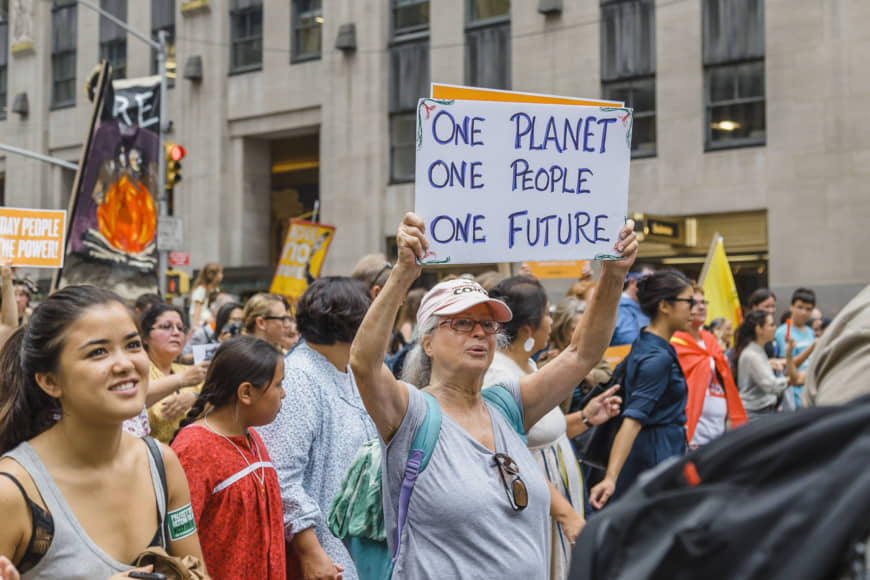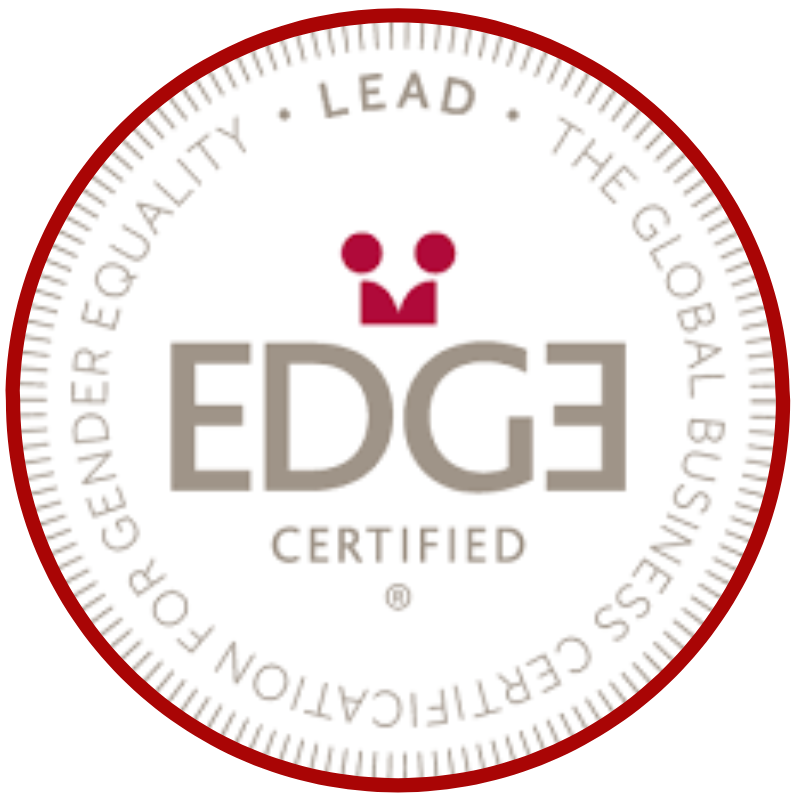Here’s my most recent blog on women and climate change. I am grateful to the Japan Times for publishing it.
##
When the G20 met last month, Japanese Prime Minister Shinzo Abe put climate change and women’s empowerment on the agenda. While the Osaka Leaders’ Declaration recognized “gender equality and women’s empowerment [as] essential for achieving sustainable and inclusive economic growth” and the urgent need to address “complex and pressing global issues and challenges, including climate change…., ” it did not explicitly link these two policy imperatives.
Why is this important? Globally, these are two of the biggest challenges we face: building a sustainable future and ensuring gender equality, which drives economic growth and prosperity. Climate-induced drought, floods, extreme weather, and food and water insecurity disproportionately impact women due to socioeconomic, political, and legal barriers and gender norms. The data is alarming: 80 percent of climate refugees are women. Women and children are 14 times more likely than men to die during a disaster. Women are more vulnerable to mosquito-borne disease when they collect water.
But, women are more than “victims” of climate change; women are key to developing solutions. Many national climate action and disaster preparedness plans do not account for the different ways that men and women experience climate change, and do not actively ensure women’s engagement. These are missed opportunities.
This is especially relevant to the Asia-Pacific region. 90 percent of countries affected by disasters (earthquakes, cyclones and floods) over the last decade are in this region. These events kill more than 70,000 and affect over 200 million people annually. Before the Great East Japan earthquake and tsunami in 2011, men ran most Japanese disaster response. Evacuation centers weren’t equipped for women; there were no separate bathrooms, no place to change or breastfeed, and centers lacked sanitary products. Japan has worked to change this dynamic, with women serving on disaster management councils and being included in disaster response training for 40,000 officials and community members.
Alongside the G20 meeting, the Women’s Forum for the Economy & Society convened a group of high-level leaders from the private, public and NGO sectors. The gathering adopted a G20 Charter for Action with five goals: (1) achieving gender equality in climate decision-making bodies by 2030; (2) raising awareness on the gender/climate nexus and providing girls access to education and green jobs; (3) enabling women’s full engagement in climate action, (4) using gender data and analysis to inform climate policies; and (5) financing and developing gender-responsive and scalable social, economic and technological climate solutions.
Those signing the charter committed to address these fundamental issues by increasing women’s participation on corporate boards, governing bodies, and publicly administered organizations related to climate, environment and energy; by supporting more access to STEM education for girls and young women; by implementing gender-sensitive climate finance and sustainable public procurement policies, by decreasing their carbon footprint; and by developing green financial products.
Here are my key takeaways:
- Women’s leadership is critical. Countries with more women Parliamentarians are more likely to ratify environmental treaties. Women comprise only 24 percent of parliamentarians globally and hold six percent of ministerial energy and environment portfolios. In Japan, only 10 percent of parliamentarians are women, the lowest of the G20 nations. While some Japanese companies are adding women to their boards, as of 2017, women accounted for only 3.7 percent of all officers, including directors and auditors, at listed companies. Simply put, we need more women in office, in corporate management and on corporate boards.
- Women and girls are key to sustainable resource management and disaster response. Women and girls are responsible for water collection in many places and have vital knowledge of water systems and stewardship practices. Similarly, when women actively participate in disaster planning and response, their unique knowledge drives effective rescue, support, rebuilding and conflict management. The Japan Women’s Network for Disaster Risk Reduction successfully advocated after the Great East Japan events for gender sensitive disaster management and reconstruction laws.
- We need more women in science, technology, engineering and math (STEM) fields and more basic environmental education. Currently, women comprise only 20-25 percent of the energy workforce globally; in Japan, only 15 percent of undergraduate engineering, and 27 percent of physical science, majors are women. Increasing women in STEM provides more talent as this sector seeks solutions, including a focus on renewable energy.
- Women more strongly believe in the need for behavior change to reduce climate impacts. Women express more concern about climate change and are more willing to take action. These beliefs create pressure on both the public and private sectors to respond and create actions that women (and men) can take, from buying local to demanding that companies create recyclable products. L’Oreal, Unilever and Danone, among others, are shifting to a low-carbon footprint.
If we stay our current course, the future will be both unstable and unequal. If we address climate change and women’s empowerment together, our future can be sustainable and equal.






